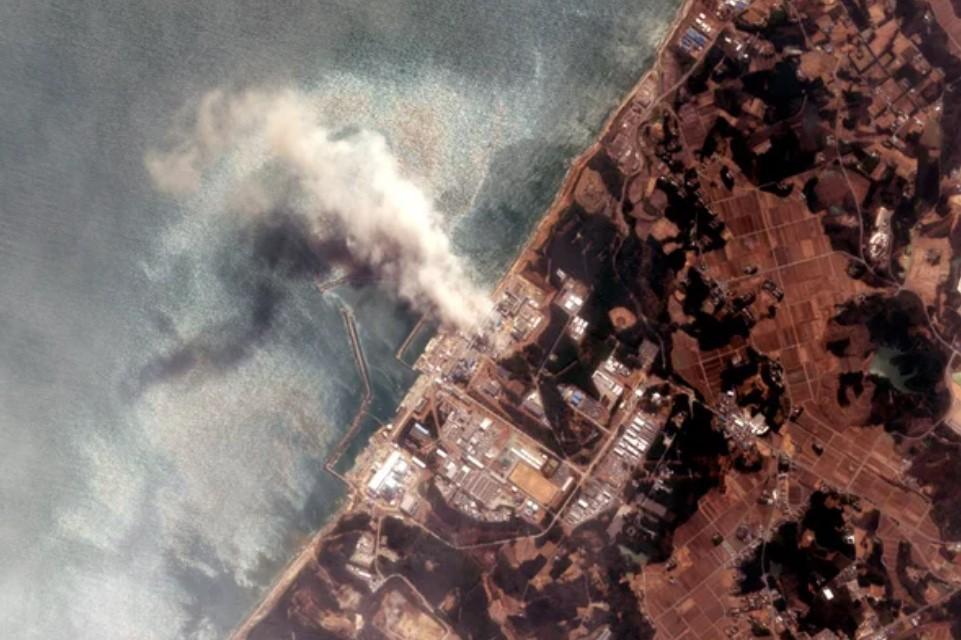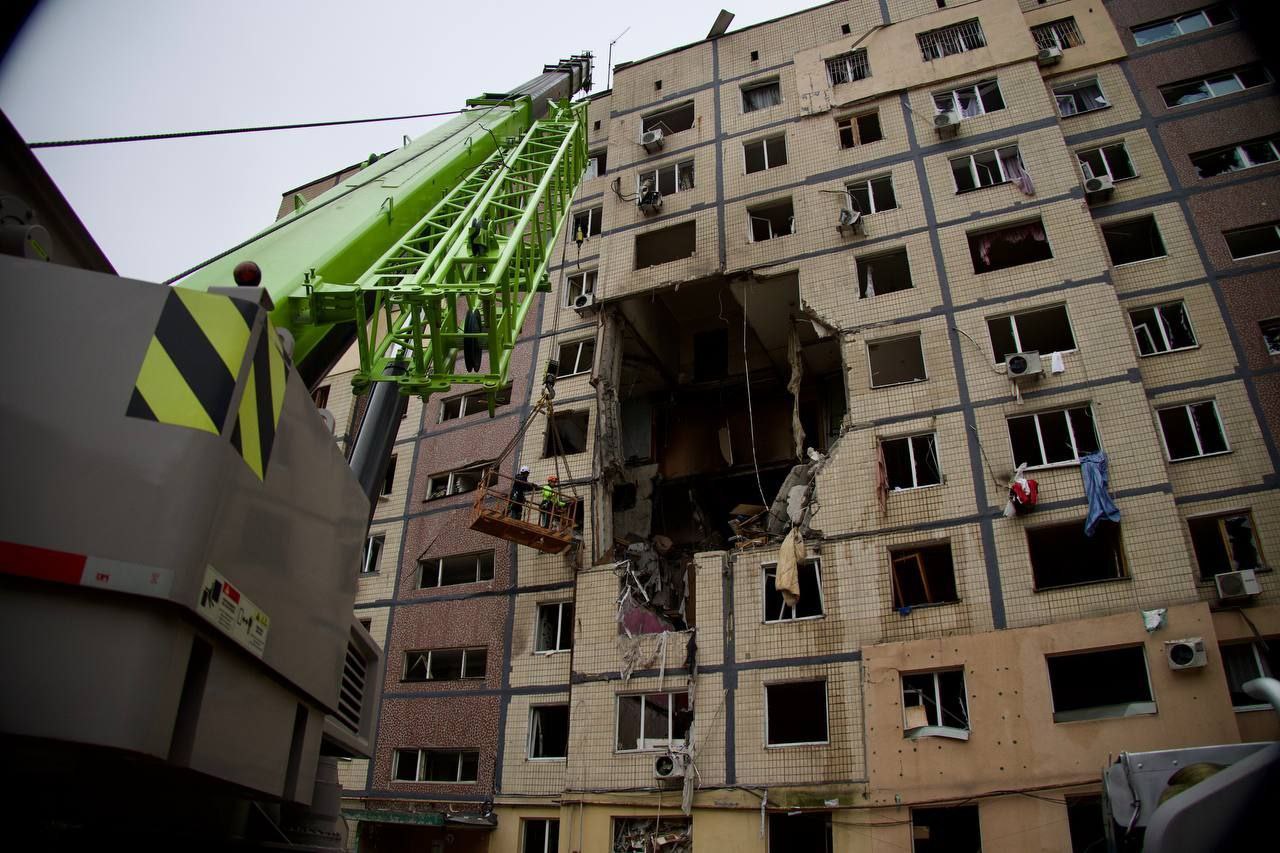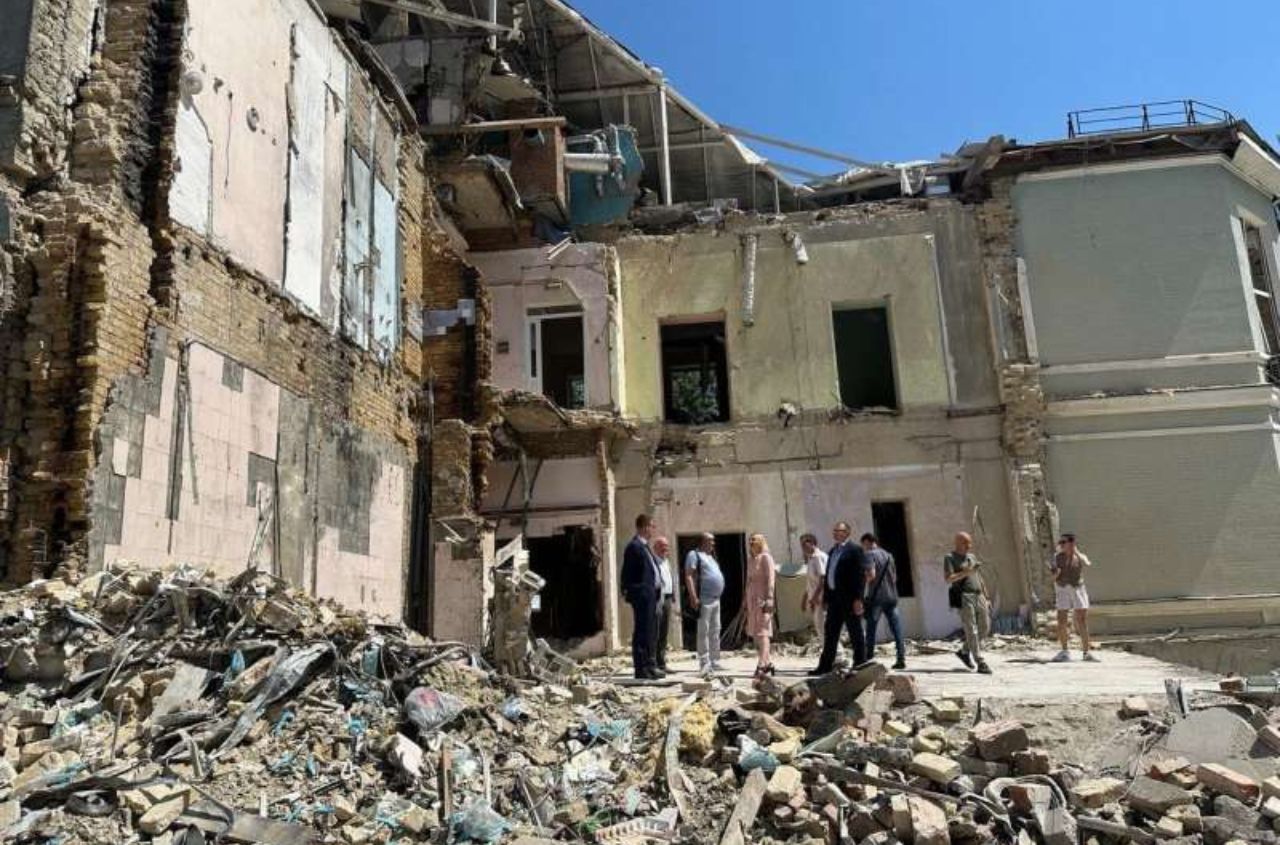Photo: The Fukushima Dai-ichi Nuclear Power plant after a massive earthquake and subsequent tsunami on March 14, 2011 in Futaba, Japan. Credit: Getty Images
The Zaporizhia Nuclear Power Plant has been forecasting the consequences of radiation accidents for the last month. Background radiation is monitored every 10 minutes. Once every six hours, the probability distribution of radionuclides that can escape from the destroyed reactor into the atmosphere is calculated.
In this case, about fifty settlements within a radius of 50 kilometers will need immediate evacuation. About two and a half million Ukrainians will be at risk.
This is stated in the plot of TSN.
In the event of an accident, only one of the six power units will actually have a "second Chornobyl". The most dangerous is the first week after the disaster, until short-lived radionuclides decay.
“In fact, 90 percent, 95 percent of the radionuclides produced in a nuclear reactor are short-lived. From a fraction of a second to several days," said Leonid Tabachny, head of the Center for Predicting the Consequences of Radiation Accidents.
The station itself meets all modern safety standards. When it was designed, even protection against an airplane crash was taken into account. True, small - for 50 seats. But the consequences of such force majeure events, such as a Russian missile or artillery shell hitting a power unit, are difficult to calculate.
“The safest option for nuclear power plants during the period of hostilities is a cold shutdown, that is, a stopped power unit. Then the consequences of any military operations, shells, etc., are less than a working power unit,†explained Anatoly Nosovsky, professor, doctor of technical sciences, director of the Institute for Problems of Nuclear Power Plants of the National Academy of Sciences of Ukraine.
The worst-case scenario, the scientist says, is an entirely de-energized nuclear facility.
“And if the diesel generators don’t work, then the nuclear fuel doesn’t cool down, it melts, and then there will be the same explosions at Fukushima,†Nosovsky noted.
At the same time, Yuri Kovalchuk, an Institute for Energy Strategies expert, believes that an energy crisis may be more realistic than a nuclear apocalypse.
“The Zaporizhzhia power plant produced approximately 40 billion kilowatt-hours of electricity annually. 40 billion, 40 millifarads is again a little less than a third, 25% of the volume that Ukraine consumed and produced in the pre-war period,†Kovalchuk said.
It will be difficult to replace the power of nuclear power plants with a complete shutdown of the reactors. And part of Ukraine will feel energy hunger.
“Therefore, we can say that the southern and central regions, in particular, Odessa, Kirovohrad, Dnipropetrovsk, Zaporizhzhia, Mykolaiv, part of the Donetsk and Poltava regions, are all those regions that were supplied with electricity from the Zaporizhzhia nuclear power plant,†said Kovalchuk.




















